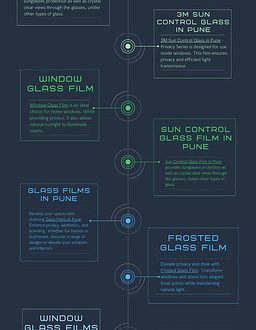Explaining Feedback Suppressor In 5 Minutes
A feedback suppressor is an acoustic sound processing device that prevents or suppresses feedback in a live sound enhancement system’s signal route. The working of a feedback suppressor is simple. When the algorithm identifies feedback behavior in the incoming audio, it quickly applies a thin notch filter to each frequency of sound that feeds back, lowering the strength of that frequency.
There are some meetings or gatherings where you don’t want to hear extra unwanted noise of anything. You may want to concentrate on a single point. For these circumstances, a feedback suppressor is an ideal choice to use in the relevant rooms.
Feedback usually has a very high frequency or pitch and is quite loud. When the volume of the mic signal streaming through the speaker hits a threshold, it continues to play the microphone signal louder each time it goes through the loop, resulting in the feedback sound.
The gain of that frequency is reduced by the feedback suppressor. Filters with extreme accuracy cut out problematic frequencies while maintaining as much of the surrounding frequency range as feasible. Thus, it preserves the overall sound quality. This procedure takes milliseconds and is finished before the human ear can notice anything wrong.
When sound entering a microphone is duplicated by a loudspeaker, picked up by the microphone, and re-amplified again, feedback occurs. The characteristic scream of feedback is caused by sound entering the microphone, causing an oscillation.
A device like a feedback suppressor is used to avoid any kind of sound distortion from the coming sound. It effectively avoids unwanted noises in the conference system for meeting rooms and makes any meeting or conference more impactful.


